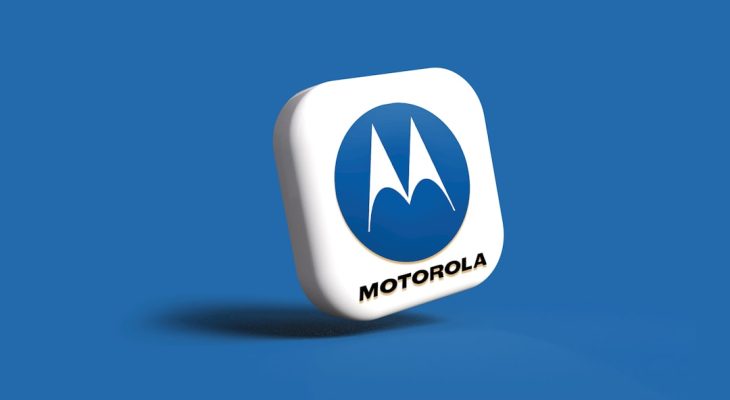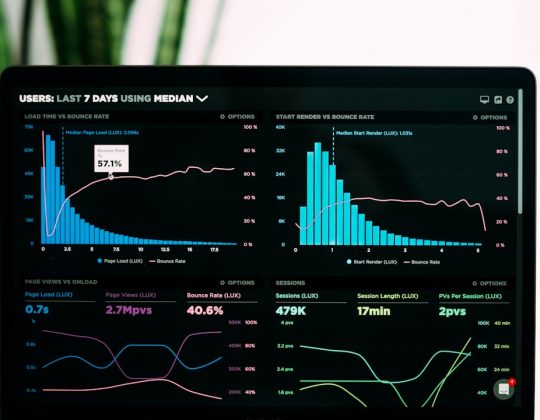As enterprises continue evolving in the digital age, integration between project management and productivity tools becomes critical. Organizations leveraging Jira Align for portfolio and project management often find value in connecting it with Microsoft 365 Enterprise to enhance collaboration, streamline workflows, and maintain visibility across all organizational levels. By bridging the gap between strategic planning and day-to-day productivity, businesses can move towards true enterprise agility.
The Need for Integration
Jira Align functions as a scalable platform that connects business strategy to technical execution, offering a birds-eye view of portfolios, teams, and deliverables. On the other hand, Microsoft 365 Enterprise provides a robust suite of collaboration tools including Teams, Outlook, SharePoint, OneDrive, and Power BI. While both serve unique purposes, they often exist in operational silos. Connecting them enables synchronized communication, automated updates, and centralized reporting.
Imagine a scenario where strategic program progress in Jira Align automatically updates project status in a Microsoft Teams channel, or dashboards in Power BI dynamically reflect KPIs from Jira Align. This type of connected ecosystem enhances transparency, shortens feedback loops, and empowers decision-makers with real-time intelligence.
Key Benefits of Integration
Integrating Jira Align with Microsoft 365 Enterprise yields multiple organizational benefits:
- Centralized Communication: Updates in Jira Align can trigger alerts in Teams, minimizing time wasted checking multiple platforms.
- Enhanced Collaboration: Files shared in SharePoint can be linked directly to Jira stories or program increment documents for quick reference.
- Improved Documentation: Meeting outcomes in Outlook can be tied to action items in Jira Align, preserving context and continuity.
- Informed Decision-Making: Power BI dashboards connected to Jira Align metrics allow executive leadership to monitor progress at the portfolio level.
This level of integration doesn’t just improve efficiency—it fosters a culture of agility, where iteration, feedback, and strategic alignment are easy to maintain across departments and geographical locations.
Technical Considerations
When planning the connection between Jira Align and Microsoft 365 Enterprise, it is crucial to evaluate both the architectural and security aspects. Jira Align comes with a robust API framework that enables it to share data with other platforms. Microsoft 365 applications also support API-based data exchanges, webhooks, and Power Automate workflows for automation.
Some of the common integration approaches include:
- REST API Connections: Jira Align’s REST API allows Microsoft applications to pull and push data such as work item details, status, and custom reports.
- Using Power Automate: Power Automate (formerly Microsoft Flow) can act as a middleware to link triggers and actions between Jira Align and Outlook, Excel, Teams, or SharePoint.
- Webhooks: These can be set up to automatically reflect changes in Jira Align onto corresponding areas within Microsoft 365 applications.
It’s also essential to address authentication protocols when integrating platforms. Utilizing OAuth and maintaining compliance with Microsoft Entra ID (formerly Azure Active Directory) ensures secure and reliable data transfer across systems.

Common Integration Use Cases
To understand the practical implications, consider the following everyday use cases of a successful Jira Align–Microsoft 365 integration:
- Status Alerts in Teams: When a team completes a sprint or a PI objective in Jira Align, an automated message is triggered in Microsoft Teams to notify stakeholders.
- Meeting Scheduling via Outlook: Program increment ceremonies and reviews planned in Jira Align automatically sync with participants’ Outlook calendars.
- Shared Documentation: Artifacts stored in SharePoint are accessible via links in Jira Align tasks or capabilities, promoting quick lookups and reduced redundancy.
- Portfolio Reporting via Power BI: Executives can see real-time delivery metrics pulled from Jira Align, displayed in their Power BI dashboards, customized by initiative, product line, or geography.
These integrations allow diverse teams to operate seamlessly without duplicating work or information dead ends. Everything remains transparent and traceable, which is vital for regulatory compliance and audit readiness.
Best Practices for Implementation
For organizations interested in implementing Jira Align and Microsoft 365 Enterprise integrations, the following best practices are recommended:
- Start with a Pilot: Choose one or two teams to test the integration models and workflows before enterprise-wide rollouts.
- Involve Stakeholders Early: Engage team leads, IT admins, and compliance officers during the planning phase to ensure all requirements are met.
- Document Everything: All automation flows, permissions, data flows, and trigger mappings should be documented clearly to streamline training and maintenance.
- Automate Gradually: Begin by automating the most frequent and repetitive tasks, then expand towards more complex interactions.
- Monitor and Optimize: Use analytics tools to measure adoption rates and identify any drop-offs or pain points in adoption.
Conclusion
The integration of Jira Align with Microsoft 365 Enterprise isn’t merely a technical connection—it is a strategic alignment that enables high-performing, collaborative, and data-driven organizations. By combining the strategic capabilities of Jira Align with the collaboration power of Microsoft 365, businesses can ensure that everyone—from teams to executives—remains connected, informed, and aligned toward shared objectives.
The journey to agile-at-scale becomes smoother and more efficient, empowering organizations to deliver customer value with speed and confidence in today’s competitive digital landscape.
Frequently Asked Questions (FAQ)
- Q1: Is there a native connector between Jira Align and Microsoft 365?
No, there is no official out-of-the-box connector, but integration is possible using APIs, Power Automate, or third-party middleware tools. - Q2: Can I receive Jira Align updates in Microsoft Teams?
Yes, through Power Automate or custom webhook solutions, updates from Jira Align can be automatically posted in Teams channels. - Q3: How secure is the integration?
With proper authentication via OAuth and adherence to compliance standards such as Microsoft Entra ID, data transactions remain secure and compliant. - Q4: What types of data can be synced between the two platforms?
You can sync items such as work status, comments, files, calendar events, and dashboard metrics depending on the tools used and permissions configured. - Q5: How long does it take to implement this integration?
Implementation time varies; a simple pilot can be set up in a few weeks, while an enterprise-scale deployment might take several months depending on complexity.








